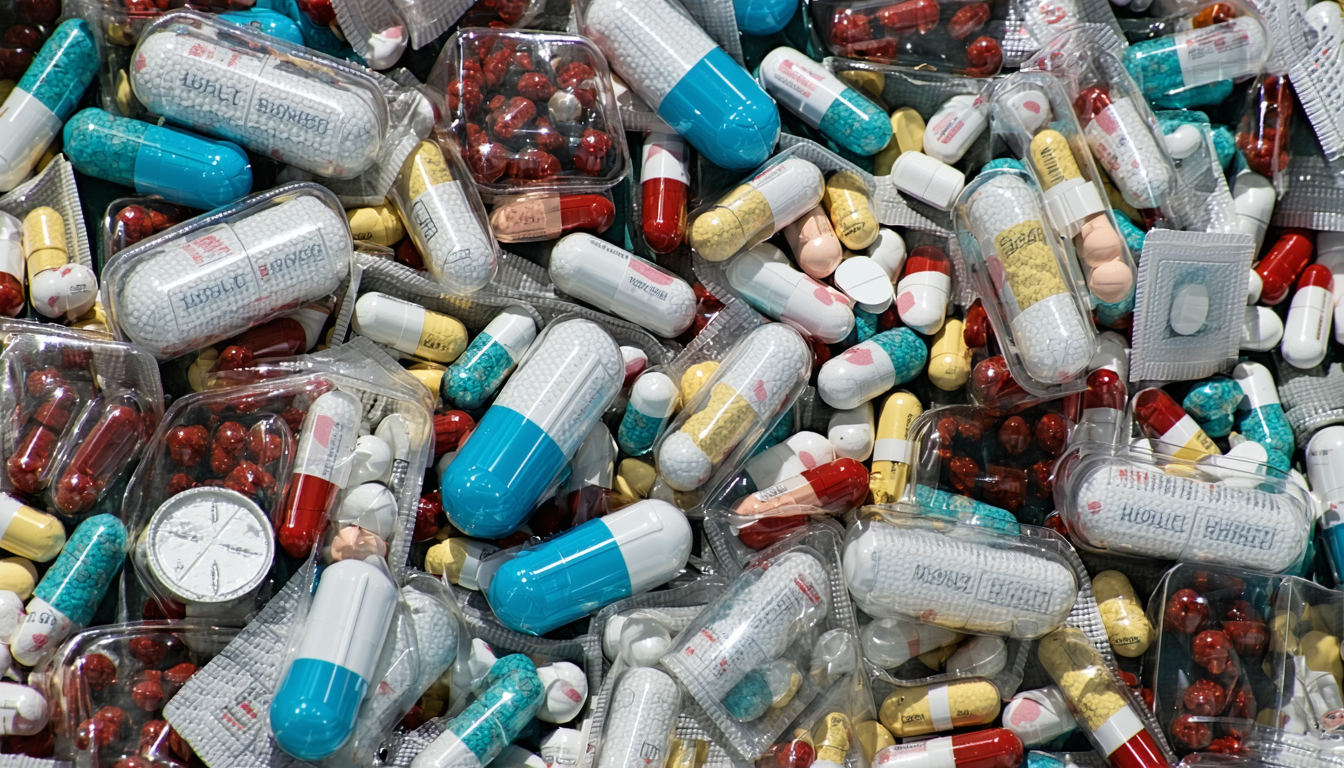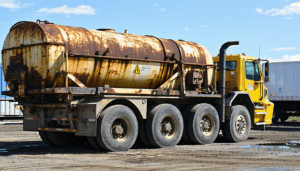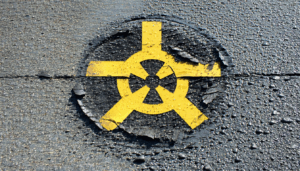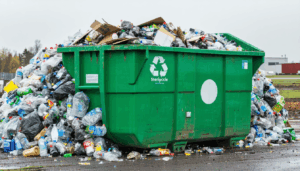In the United States, the safe management of pharmaceutical waste has emerged as a pressing environmental and public health concern. With millions of unused or expired medications discarded annually, improper disposal methods are contaminating water supplies and posing risks to communities. This article delves into the latest developments in pharmaceutical waste disposal, exploring regulatory updates, innovative solutions, and the broader implications for healthcare and the environment. As the nation grapples with this issue, stakeholders are calling for urgent action to protect ecosystems and ensure sustainable practices.
The Scale of Pharmaceutical Waste in the U.S.
The volume of pharmaceutical waste generated in the United States is staggering. According to the Environmental Protection Agency (EPA), over 200 million pounds of unused medications are discarded each year, with a significant portion ending up in landfills or flushed down drains. This not only contributes to pollution but also increases the risk of drug misuse when medications are improperly accessed.
Hospitals, pharmacies, and households are primary sources of this waste. The challenge lies in balancing accessibility to necessary drugs with responsible disposal methods. Without proper systems in place, active pharmaceutical ingredients can leach into groundwater, affecting aquatic life and human health.
Regulatory Updates on Pharmaceutical Waste Disposal
Recent changes in federal and state regulations aim to address this growing problem. In 2023, the EPA introduced stricter guidelines under the Resource Conservation and Recovery Act (RCRA) to classify certain pharmaceuticals as hazardous waste, mandating specialized disposal processes for healthcare facilities. Additionally, several states, including California and Washington, have implemented drug take-back programs to encourage safe disposal.
These programs provide designated drop-off locations at pharmacies and police stations. However, participation remains low due to limited public awareness. According to Dr. Emily Carter, an environmental scientist at Johns Hopkins University, “While regulations are a step forward, education campaigns are critical to ensure compliance and protect our water resources.”
Innovative Solutions and Technologies
Amid regulatory efforts, technology is playing a pivotal role in tackling pharmaceutical waste. Companies are developing advanced incineration methods that neutralize hazardous compounds without releasing harmful emissions. Others are exploring chemical deactivation kits for household use, allowing individuals to safely render medications unusable before disposal.
One notable initiative is the partnership between major pharmacy chains like CVS and Walgreens with waste management firms to install secure collection kiosks nationwide. As of mid-2023, over 3,000 kiosks have been deployed, collecting more than 1.5 million pounds of unused drugs. These efforts highlight a shift toward collaborative solutions involving private and public sectors.
Impact on Stakeholders
The implications of pharmaceutical waste disposal extend across multiple stakeholders. For healthcare providers, compliance with new regulations means increased operational costs and training requirements. Pharmacies face similar challenges, balancing customer convenience with legal obligations.
For communities, especially those near contaminated water sources, the health risks are immediate. Studies by the U.S. Geological Survey have detected trace amounts of pharmaceuticals in over 40% of tested drinking water samples nationwide. This underscores the urgency of addressing disposal practices to safeguard public well-being.
Future Outlook and Potential Developments
Looking ahead, experts predict that pharmaceutical waste management will become a central focus of environmental policy in the U.S. The Biden administration has pledged funding for research into sustainable disposal technologies as part of its 2024 budget proposal. Additionally, there is growing advocacy for manufacturer responsibility programs, where drug producers would fund take-back initiatives.
However, opinions differ on how best to address the issue. Some argue for stricter penalties on non-compliant entities, while others emphasize incentives for innovation. A balanced approach that combines enforcement with education could offer the most effective path forward.
In conclusion, the crisis of pharmaceutical waste disposal in the United States demands immediate attention from policymakers, industry leaders, and citizens alike. With millions of pounds of drugs discarded annually, new regulations, technological advancements, and community engagement are critical steps toward a solution. As efforts intensify, the hope is for a future where safe disposal practices protect both the environment and public health without compromising access to essential medications.
Frequently Asked Questions (FAQ)
-
What is pharmaceutical waste disposal?
It refers to the process of safely discarding unused, expired, or unwanted medications to prevent environmental contamination and public health risks. -
Why is improper disposal of pharmaceuticals harmful?
When drugs are flushed or thrown in landfills, they can pollute water sources, harm wildlife, and pose risks of misuse if accessed improperly. -
How can individuals dispose of medications safely in the U.S.?
Use designated drug take-back programs at pharmacies or police stations, or follow FDA guidelines for at-home disposal using deactivation kits or mixing with unappealing substances before trashing. -
Are there laws regulating pharmaceutical waste disposal?
Yes, federal laws like the RCRA classify some pharmaceuticals as hazardous waste, while state-specific programs mandate safe disposal practices for households and healthcare facilities. -
What role do pharmacies play in managing pharmaceutical waste?
Many pharmacies host collection kiosks for unused medications and educate customers on proper disposal methods as part of national take-back initiatives.




